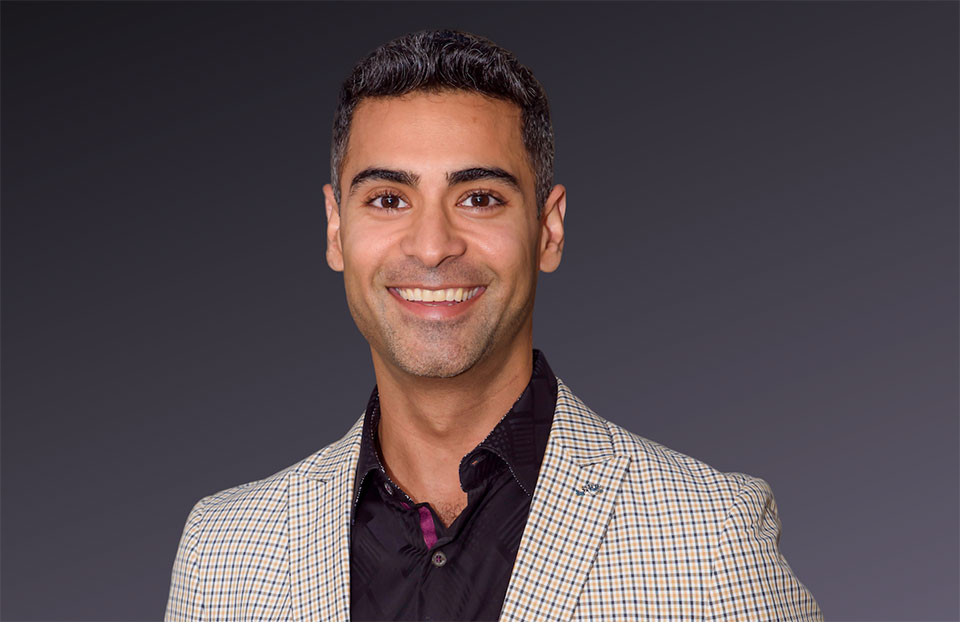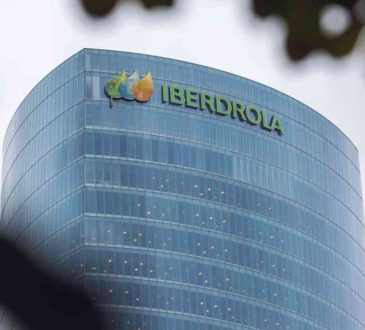Building a B2C Company only to Transition to B2B: Lessons I Learned from Changing Direction

When I founded Go Moment, we started with the simple idea of creating unforgettable experiences. This is central to who we are as a company.
Go Moment was originally created to enable unforgettable experiences for consumers in an on-demand format – things like helping secure hard-to-get concert tickets, skydiving experiences, and even exclusive dinner dates. While this concept achieved initial success, it’s always important for entrepreneurs to pause, assess, and re-orient on a continual basis.
The notion of constantly re-examining and re-evaluating as an entrepreneur is something I’ve talked about before, and something I continue to find myself repeating in conversations I have with my peers and mentees. In military strategy, this is called an OODA loop. The OODA loop is the cycle observe–orient–decide–act, developed by military strategist and United States Air Force Colonel John Boyd. The operation with the fastest OODA loop usually wins.
Under normal business conditions this is an imperative in my opinion. In the current global pandemic setting, however, the pace and volatility around us demands that we introspect and re-assess the direction, framework and overall strategy to become more nimble than ever before.
As a current mentor at the University of California, Los Angles Anderson School of Management, I challenge MBA students who are creating businesses to tell me how they are adapting their ideas to meet current market expectations.
This is not an easy task. As an entrepreneur, you must embrace curves and be flexible to mold to the ever-changing demands of your industry. In every industry, those demands rapidly change and evolve based on consumer demands and preferences.
We were two years into working on Go Moment when we changed direction and went from being a B2C business to being a B2B business. Why did we do this?
The idea of offering “unforgettable experiences on demand” was unique. There were no similar offerings on the market that compared to ours. However, a consumer had to learn about our offering and weigh it against indirect alternatives, and then decide if the spend was worth it. This ultimately resulted in a higher Customer Acquisition Cost (CAC) than could be scaled efficiently, so we pivoted our model.
When we evaluated our financial model around how our CAC metrics would scale, we knew that with our B2C model, it would be expensive to achieve critical mass. As it turned out, the venture capital investment process worked exactly as it should.
It was not an easy decision for us to make this transition. In fact, we had some overlap between the two business models. When you decide to abandon a business model that had driven millions of dollars in revenue, it is stressful, but you must focus on what lies ahead.
Building a successful B2C business is hard. I have a great deal of respect for entrepreneurs who have successfully built multiple B2C businesses.
While we did search for alternatives, we decided on the B2B SaaS (software as a service) platform after reasoning from first principles.
Like all entrepreneurs, we’ve had many opportunities and faced many challenges. Establishing recurring revenue is appealing, of course, but winning customers and growing to millions of dollars in revenue is, however, more difficult.
If you are an entrepreneur who is re-evaluating the direction of your company, here is my list of the top 4 things you should think about:
- Start with first principles. Try reverse-engineering problems as this will help show you new opportunities that others are likely to miss. Elon Musk and Charlie Munger use this Aristotelian thinking.
- Build a business that is antifragile where possible. Try to offer variations to your cost structure – avoid fixed costs and expensive long-term leases where possible.
- Understand the end of history illusion. We know the pandemic won’t last forever, but it has provided us with several valuable lessons. It’s taught us about dealing with volatile scenarios and considering future volatility scenarios. The next shock to our systems is unlikely to resemble what we’ve seen in modern times.
- Read the water before you jump in. Learn to distinguish trends from fads and then align yourself with the biggest trends that you can see. For what it’s worth, this is what I’m seeing now – ecommerce, telemedicine, and contactless customer engagement. This is the future.
Written by Raj Singh.
Add CEOWORLD magazine to your Google News feed.
Follow CEOWORLD magazine headlines on: Google News, LinkedIn, Twitter, and Facebook.
This report/news/ranking/statistics has been prepared only for general guidance on matters of interest and does not constitute professional advice. You should not act upon the information contained in this publication without obtaining specific professional advice. No representation or warranty (express or implied) is given as to the accuracy or completeness of the information contained in this publication, and, to the extent permitted by law, CEOWORLD magazine does not accept or assume any liability, responsibility or duty of care for any consequences of you or anyone else acting, or refraining to act, in reliance on the information contained in this publication or for any decision based on it.
Copyright 2024 The CEOWORLD magazine. All rights reserved. This material (and any extract from it) must not be copied, redistributed or placed on any website, without CEOWORLD magazine' prior written consent. For media queries, please contact: info@ceoworld.biz
SUBSCRIBE NEWSLETTER








